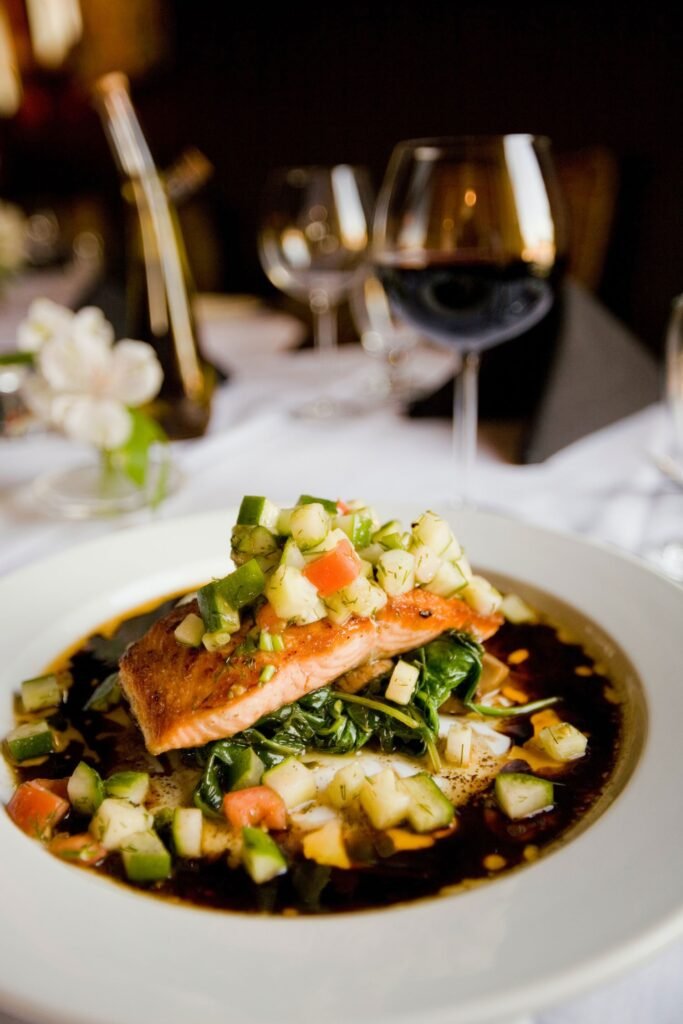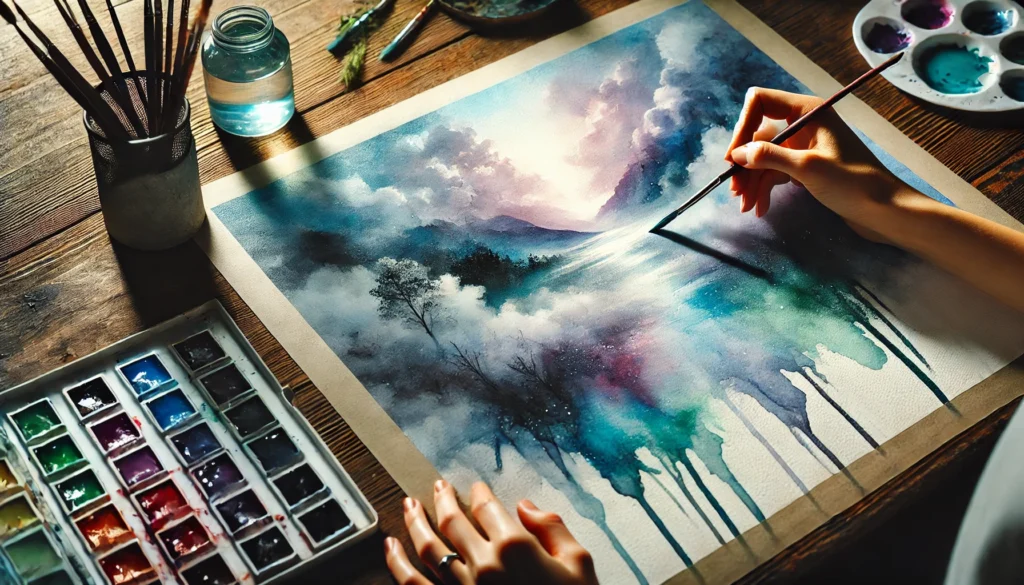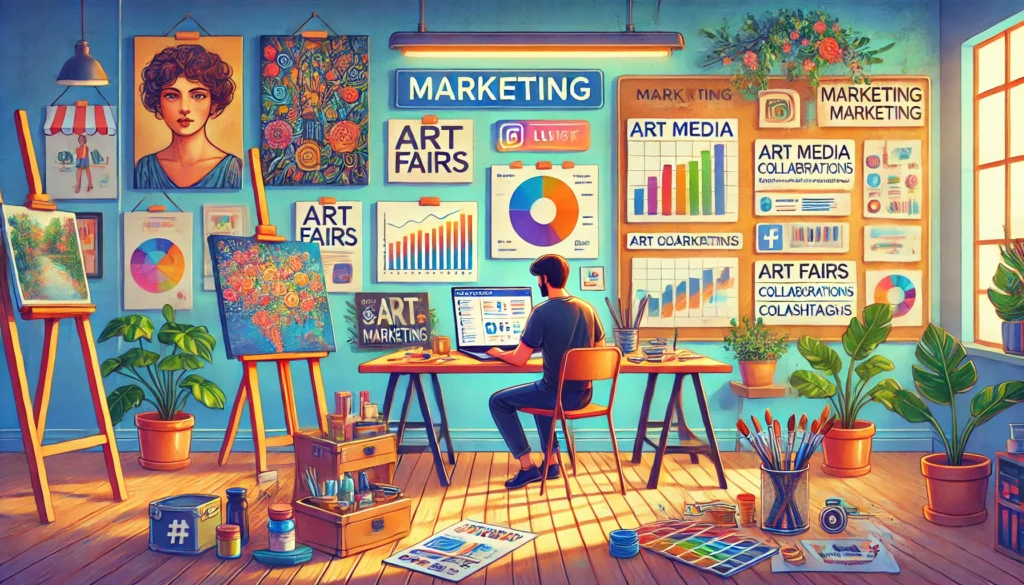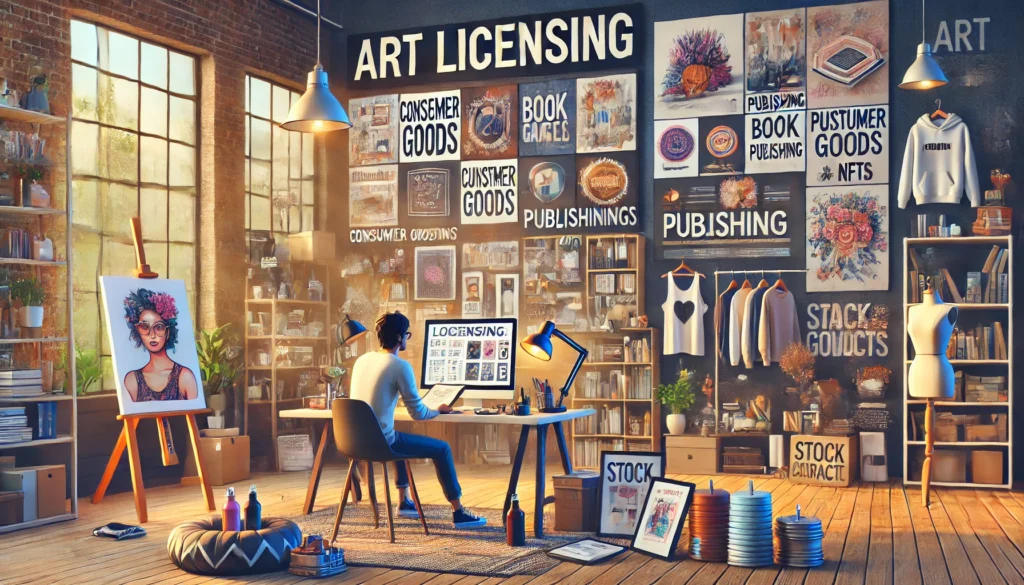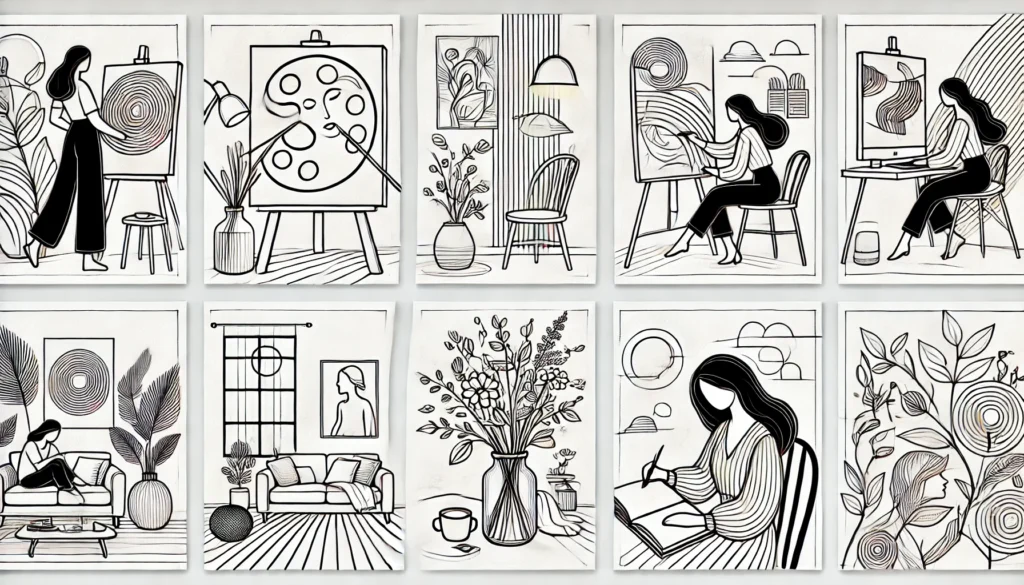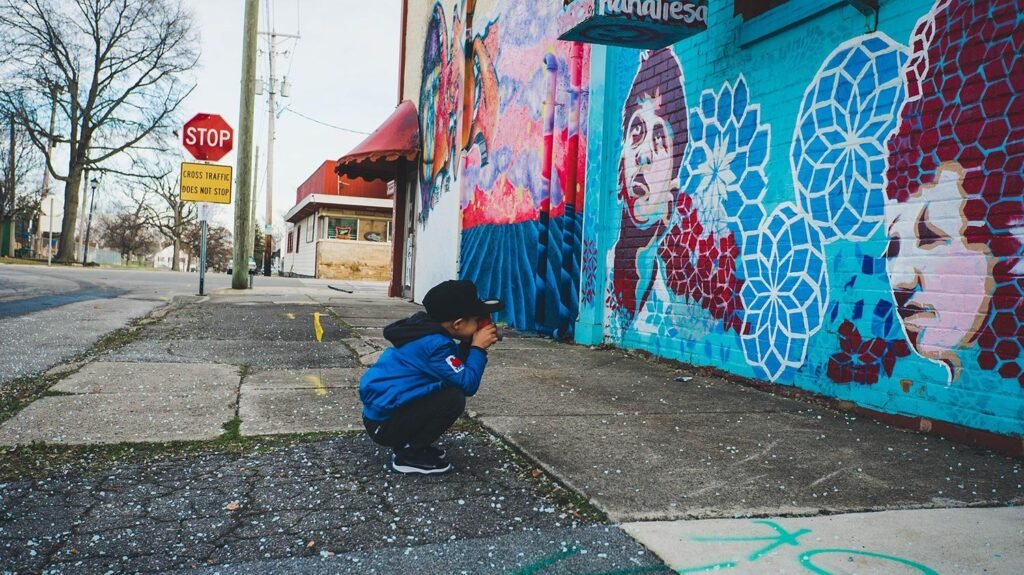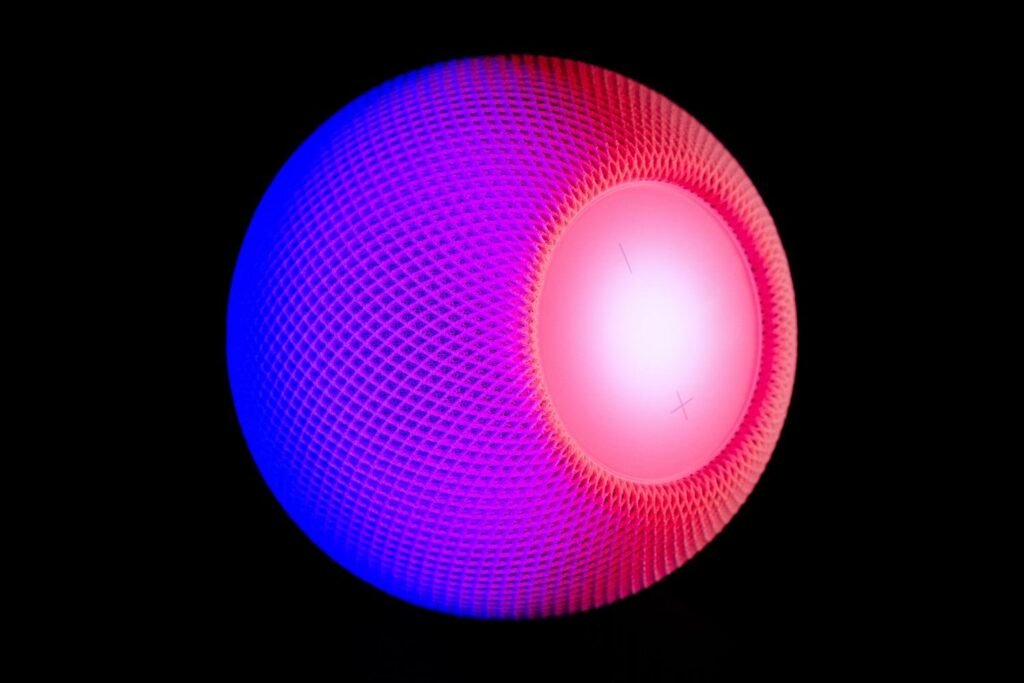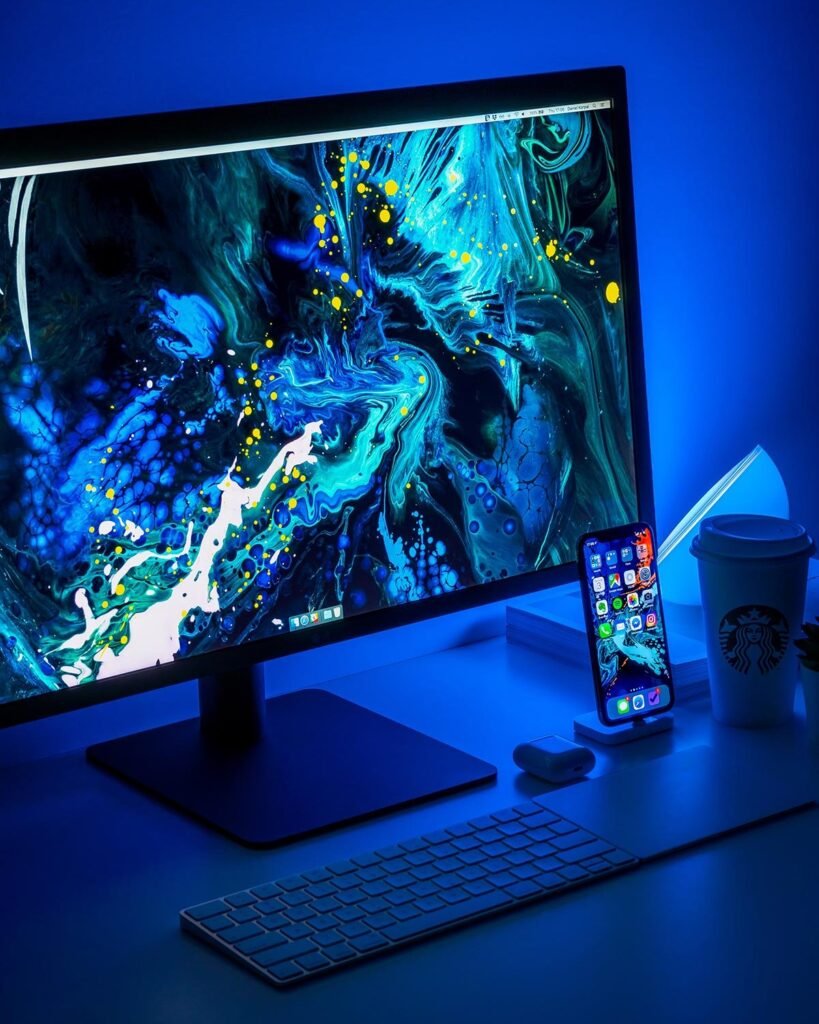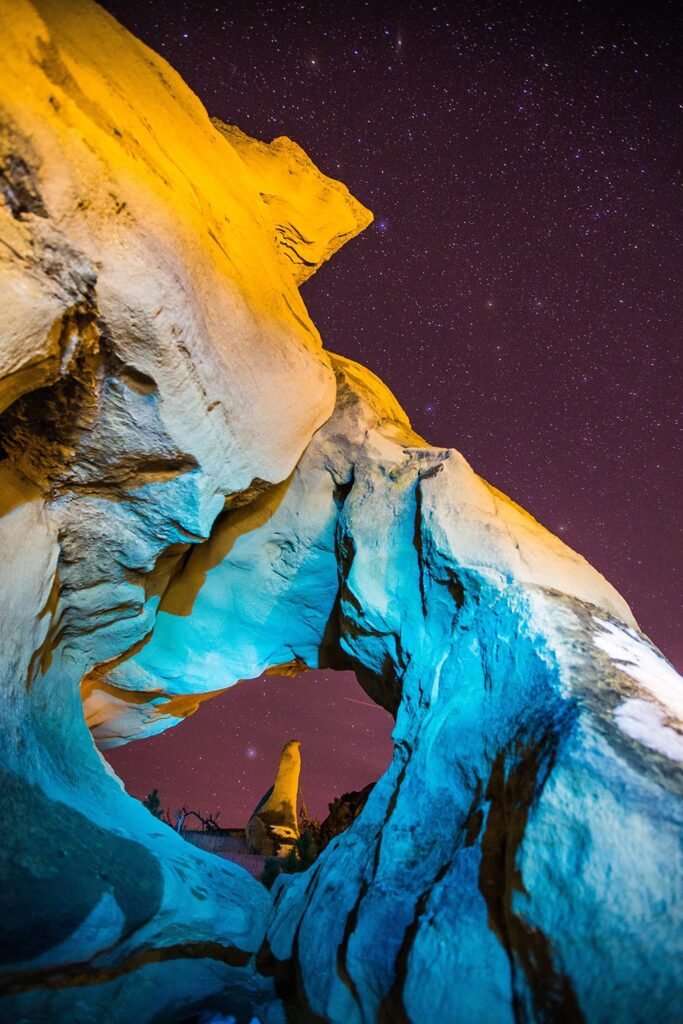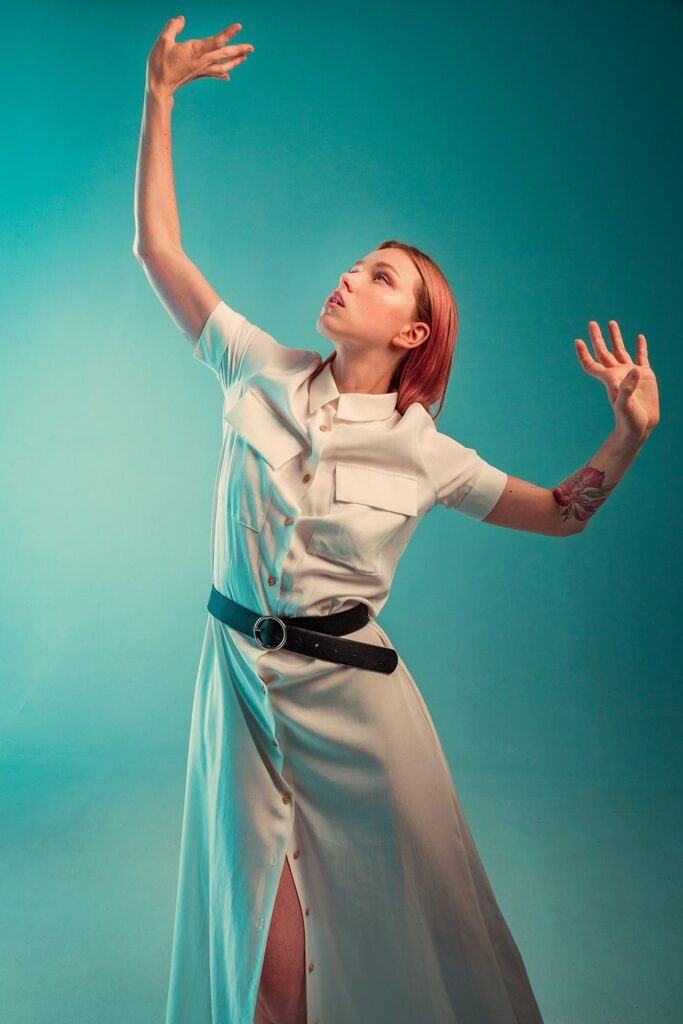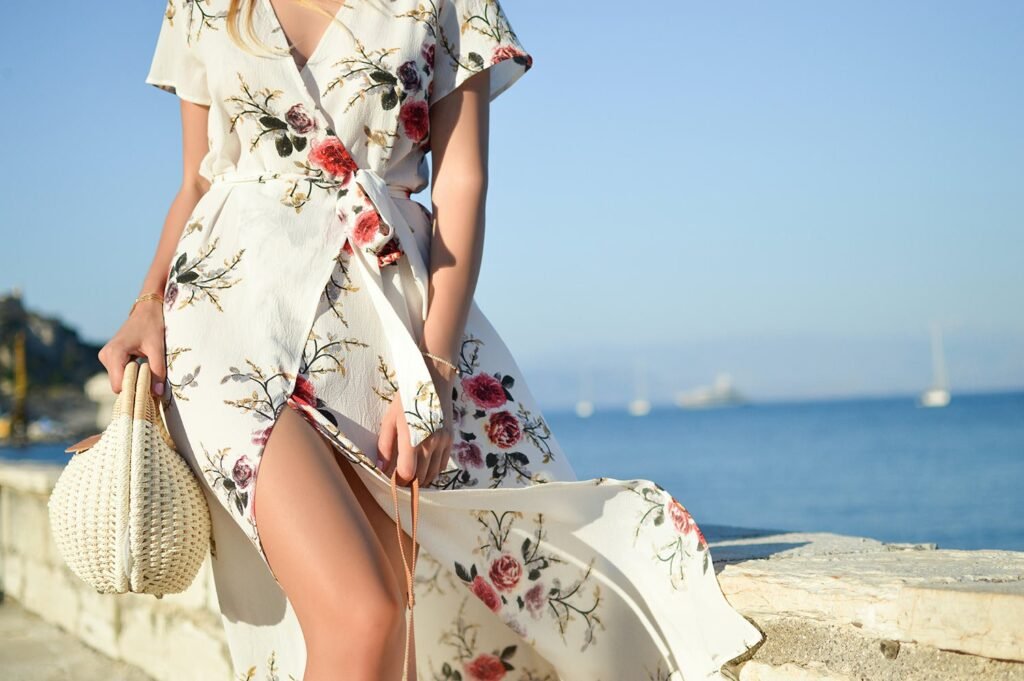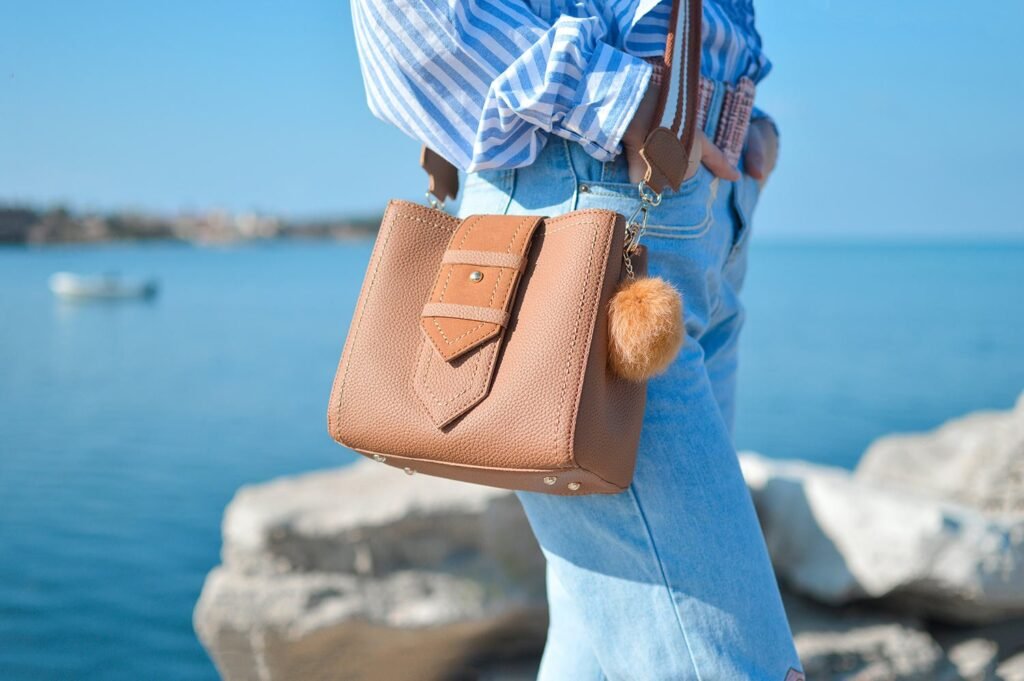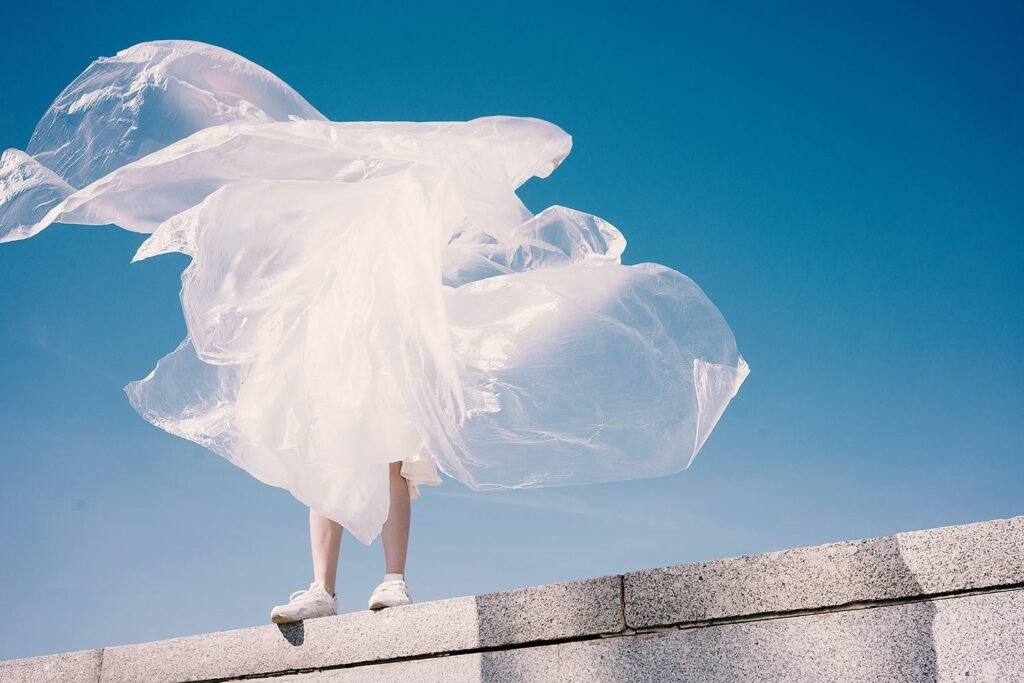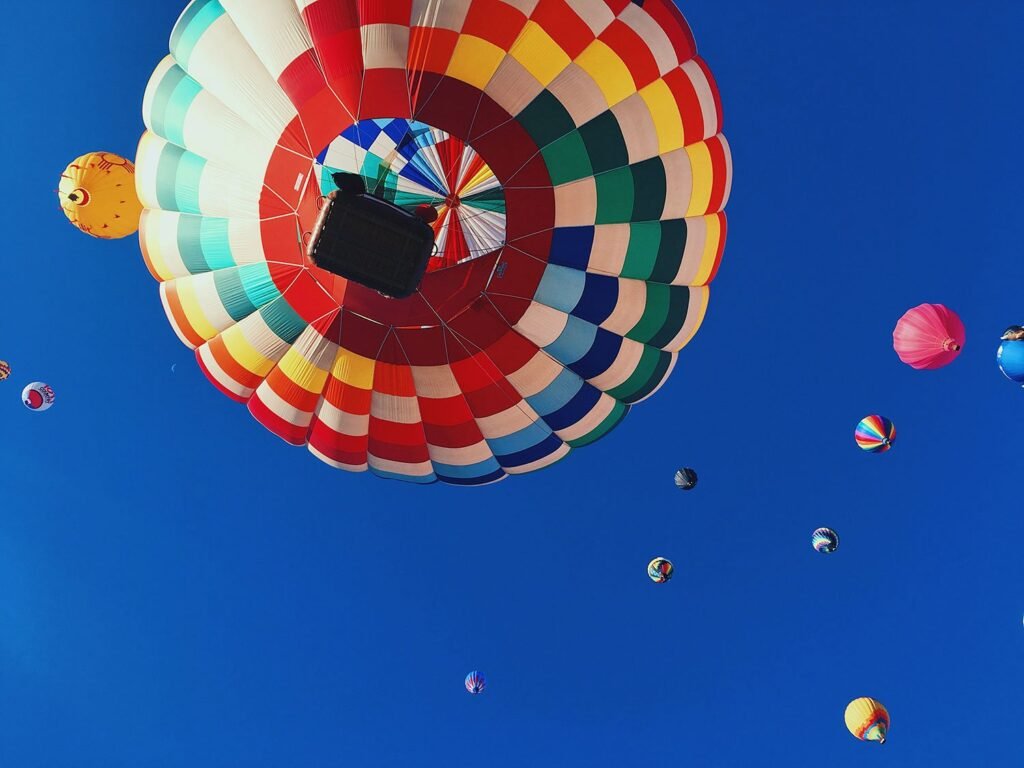How to Write an Artist Statement: A Step-by-Step Guide

An artist statement is a powerful tool that explains your work, creative process, and artistic vision. It helps viewers connect with your art on a deeper level and serves as an essential part of your professional portfolio. Here’s a step-by-step guide to crafting an effective artist statement.
1. Understand the Purpose of an Artist Statement
An artist statement provides context and insight into your work. Its main purposes are to:
- Communicate your artistic vision and process.
- Help viewers and potential buyers understand your art.
- Support gallery submissions, exhibitions, and grant applications.
2. Know Your Audience
Tailor your statement to the people who will read it. Consider:
- Art Collectors: Focus on the meaning and inspiration behind your work.
- Galleries and Curators: Highlight your techniques, themes, and artistic journey.
- General Audience: Use simple, accessible language to engage non-experts.
3. Start with a Strong Opening
Your first sentence should grab attention and set the tone. Examples:
- “My work explores the intersection of nature and technology through vibrant abstract forms.”
- “Inspired by everyday moments, I create art that transforms the mundane into the extraordinary.”
4. Describe Your Work
Provide a clear and concise explanation of your art. Address:
- Themes: What concepts or ideas do you explore?
- Mediums: What materials and techniques do you use?
- Style: What makes your work visually distinct?
Example: “I work primarily with acrylic paint and mixed media, creating abstract compositions that explore themes of identity and transformation. My bold use of color and texture invites viewers to reflect on their own journeys.”
5. Explain Your Creative Process
Share how you create your art and why. This helps viewers connect with your work. For example:
- Do you follow a specific routine or use unique techniques?
- How do you choose your subjects or themes?
Example: “Each piece begins with spontaneous sketches, which I layer with paint and collage elements. This process reflects the layered complexity of human experiences.”
6. Discuss Your Inspiration
Explain what drives your creativity. Mention:
- Personal experiences.
- Cultural or historical influences.
- The natural world, social issues, or other sources of inspiration.
Example: “My inspiration comes from the landscapes of my childhood, combined with my fascination for the shifting dynamics of urban environments.”
7. Highlight Your Goals and Impact
Conclude with your artistic goals or the message you hope to convey. For instance:
- “Through my work, I aim to inspire dialogue about environmental conservation.”
- “I strive to create pieces that evoke a sense of peace and introspection.”
8. Keep It Concise
An effective artist statement is usually 150-300 words. Avoid unnecessary jargon or overly complex language. Write in the first person to make it personal and engaging.
9. Edit and Refine
Review your statement for clarity, grammar, and tone. Tips for refining:
- Get Feedback: Share it with peers or mentors for constructive criticism.
- Read Aloud: Ensure it flows naturally and resonates with your voice.
- Revise Regularly: Update your statement as your work evolves.
10. Use It Strategically
Once finalized, incorporate your artist statement into:
- Your website.
- Exhibition applications.
- Social media profiles.
- Brochures, catalogs, and press releases.
Example Artist Statement
“My art explores the relationship between memory and place, using layered textures and vibrant hues to evoke emotions tied to fleeting moments. Working primarily in mixed media, I incorporate recycled materials to highlight themes of transformation and sustainability. Inspired by my travels and personal history, each piece invites viewers to reflect on their own stories and connections to the world around them. Through my work, I strive to spark conversations about the beauty of impermanence and the interconnectedness of all things.”
Conclusion
Writing an artist statement may seem daunting, but it’s a valuable opportunity to share your vision and connect with your audience. By following these steps, you can craft a compelling statement that enhances the impact of your art and supports your professional growth.


















